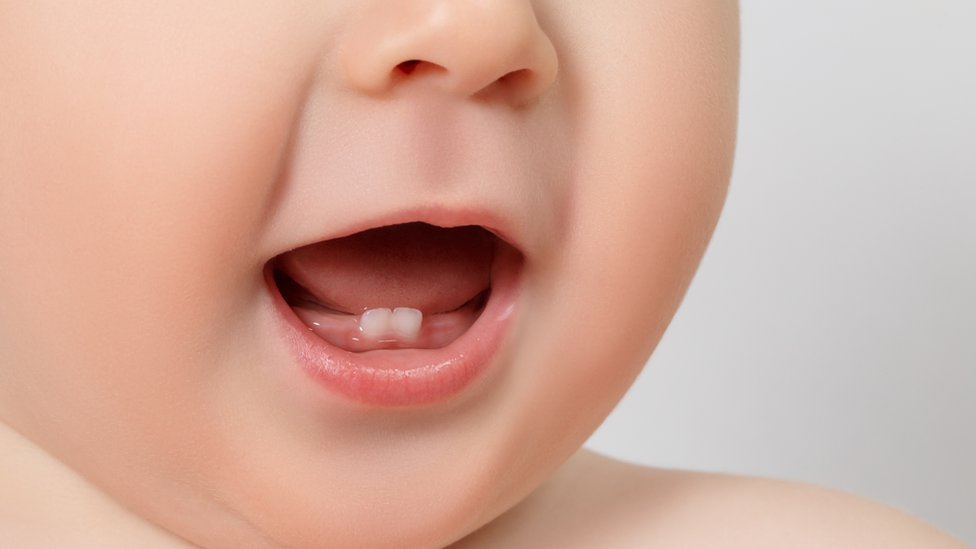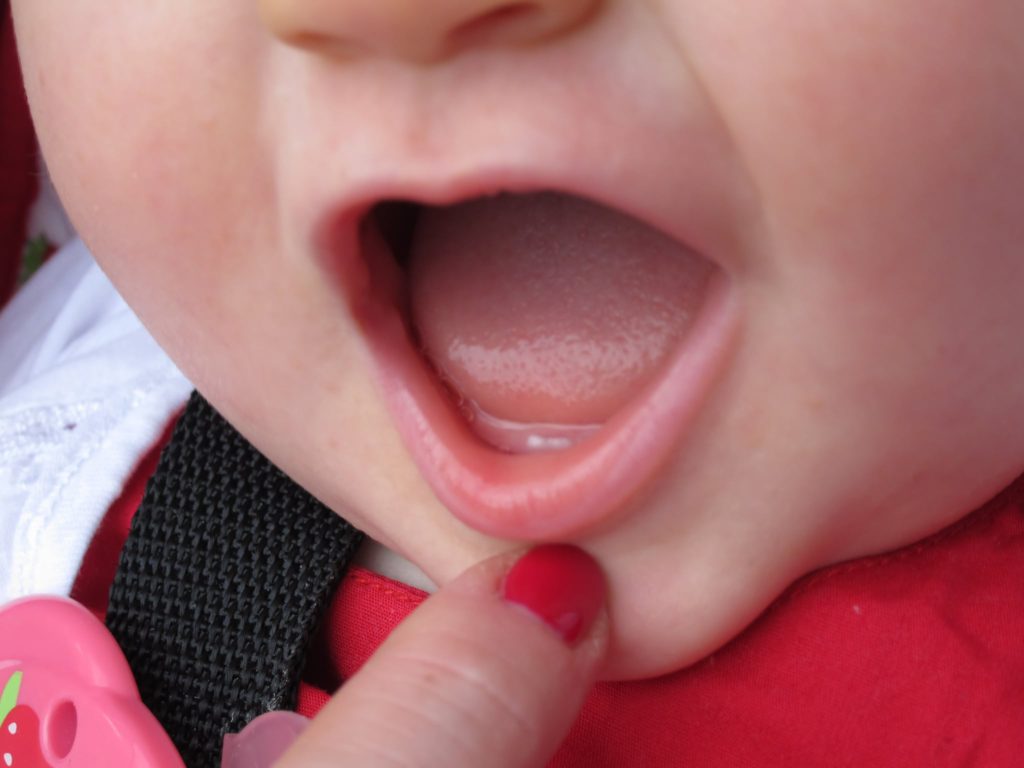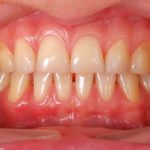
Teeth Development
Teeth start developing in the unborn baby. Good nutrition from the mother during pregnancy is important in teeth development. The mother’s diet should have adequate amounts of calcium, phosphorus, vitamin C, and vitamin D. Certain medicines (such as tetracycline) should not be taken during pregnancy. These can cause the unborn baby’s developing teeth to be discoloured. There are 4 main stages of teeth development:
- The first stage begins in the unborn baby at about 6 weeks of pregnancy (gestation). This is when the basic substance of the tooth forms.
- Next, the hard tissue that surrounds the teeth is formed around 3 to 4 months of gestation.
- After the child is born, the next stage occurs when the tooth actually sticks out (protrudes) through the gum.
- Finally, the child loses the primary or baby teeth.
Parts of the tooth
Each tooth has 4 main parts, including:
- Enamel. The outer layer of the tooth and the hardest material in the body.
- Dentin. The inner layer and the main part of the tooth, and the largest dental tissue.
- Pulp. Soft tissue on the inside of the tooth that contains the nerve, blood supply, and the ability to produce dentin.
- Root. The part of the tooth that secures it into the jaw.

When will my child’s teeth come in?
Every child is different. But the baby or primary teeth begin to come in (erupt) between the ages of 6 and 12 months. Most of the primary teeth will come in by 33 months. Girls tend to have their teeth come in before boys. The following are general guidelines for the eruption of the baby teeth:
- The first tooth to come in is usually a middle front tooth on the lower jaw. This is called the central incisor. This is followed by the second central incisor on the lower jaw.
- Next, the 4 upper incisors usually come in.
- This is followed by the first 4 molars, and the remaining bottom 2 lateral incisors. Lateral incisors are beside (lateral to) the central incisors. Next, the 4 first molars come in.
- Then the cuspids, or the pointed teeth, appear.
- Often, after the child reaches 2 years old, the 4 second molars (the last of the baby teeth) appear.
The teeth on the upper jaw often erupt 1 to 2 months after the same tooth on the lower jaw. There are a total of 20 primary teeth. Often, about 1 tooth comes in per month once the teeth start coming in. There is normally a space between all the baby teeth. This leaves room for the larger permanent teeth to erupt.
The eruption sequence can vary quite a bit from child to child. So don’t be too concerned if your child’s teeth don’t follow the pattern above. But if teeth fail to come in a year after the expected time, check with your child’s dentist. He or she can to make sure the teeth are developing properly. Below is a chart showing average ages when teeth come in and fall out (are shed):Click Image to Enlarge
When will my child’s permanent teeth come in?
Your child will begin losing his or her primary teeth around age 6. The first teeth to be lost are usually the central incisors. This is followed by the first permanent molars coming in. The last baby tooth is often lost around age 12. This is the cuspid or second molar. There will be a total of 32 permanent or adult teeth.

The article first appeared on https://crest.com/en-us/oral-health/life-stages/kids/tooth-development-anatomy-of-mouth-teeth
The blog
Preventative dentistry is a major focus of Dr. Pascal Terjanian’s practice. He considers the role of nutrition and overall physical health when assessing dental issues and appropriate treatments. Good oral hygiene and regular dental check-ups form the foundations of preventative dentistry.
Dr. Pascal Terjanian maintains a blog on dental issues, covering preventative dentistry topics as well as providing information on warning signs that might warrant professional attention. The blog plays an important role in his strategy for providing quality preventative care.

